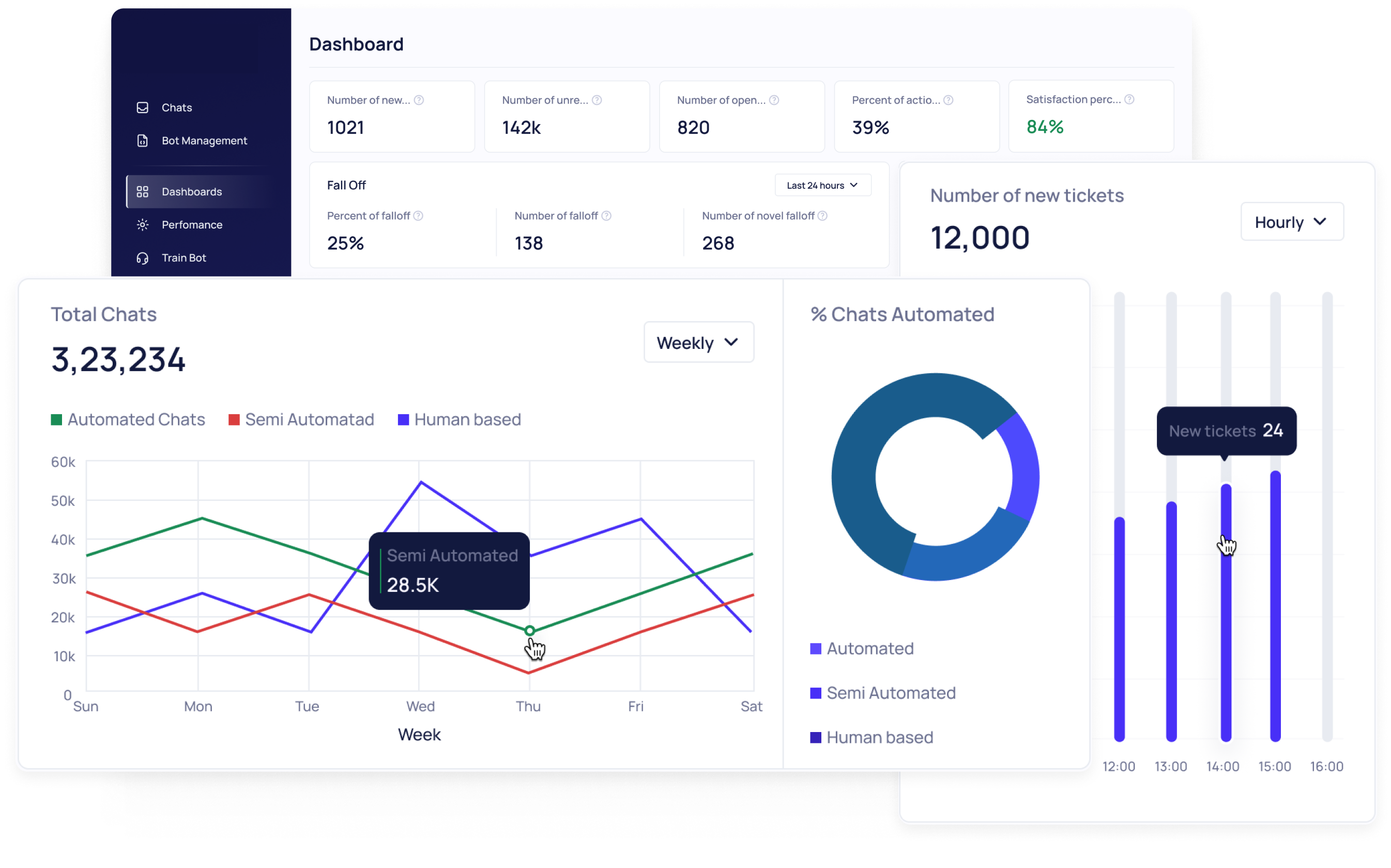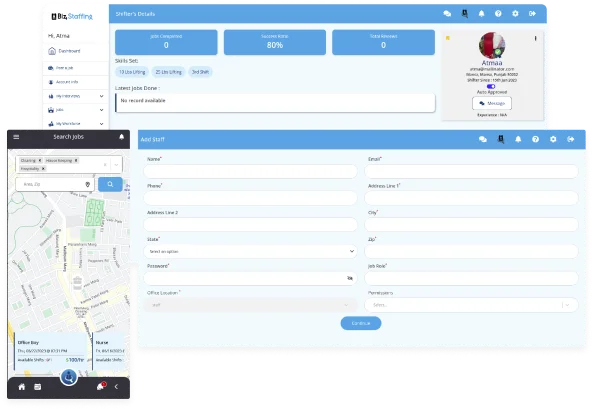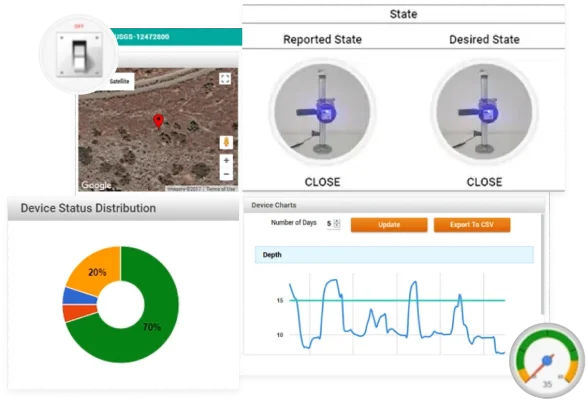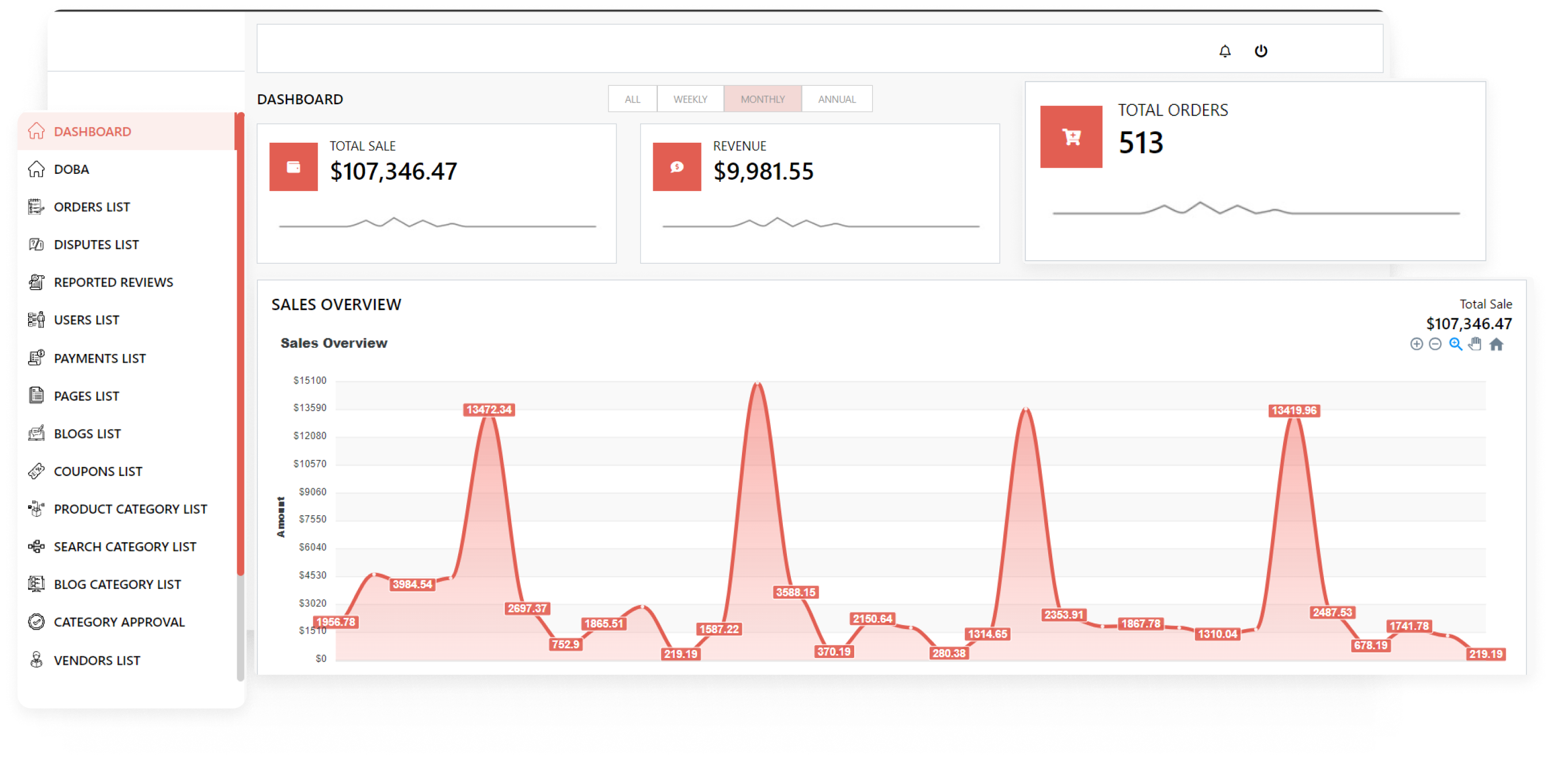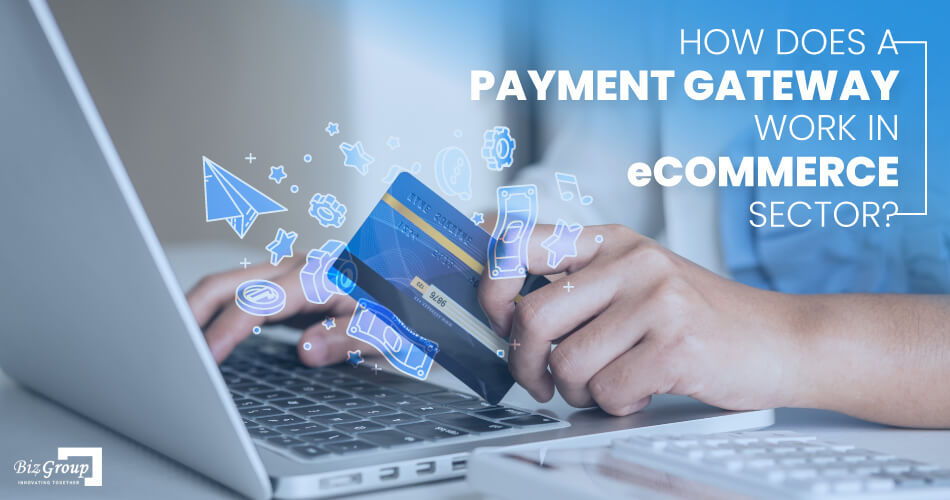How does a payment gateway work in the eCommerce sector?
The rise in the popularity of eCommerce has fairly affected several industries that share their eminence with it. Payment processing is one of the many sectors that has undergone a complete overhaul due to the shift in eCommerce consumer trends. Market research shows, about 86% of buyers like to make online purchases via credit or debit cards, and more than 60% favor this mode for their online purchases.
The current state
Secure and uninterrupted payment processing has been one of the major challenges since the dawn of the online shopping era. Merchants and payment processors have invested plenty of R&D resources into this domain to ensure unassailable protection for any and all types of online transactions. While in the early days of eCommerce, payment processing could only be carried through the use of specialized point-of-sale machines and software aid, things have come a long way since then. With many third-party vendors offering completely impenetrable and easily integrable payment solutions, eCommerce has become quite well-received amongst merchants, big and small.
What is an eCommerce payment gateway?
In simple words, a payment gateway is a user-friendly interface that allows for payment transactions during any purchase. In the eCommerce realm, payment gateways refer to the programmed interfaces that allow customers to pay for their products or services using any preferred mode of transaction. Initially, there were limitations for payment modes, but now users can simply initiate transactions using bank accounts, credit cards, debit cards, gift cards, or any preferred online wallets.
A payment gateway is a safe and efficient way to authorize monetary transactions between online shoppers and vendors. It enables eCommerce sites to directly request a money transfer from a customer’s bank or e-wallet in exchange for products or services. Once authenticated, the payment is securely transferred to the merchant’s account. A robust payment system is crucial for the success of an eCommerce store and that’s why business owners place great emphasis on this particular feature.
Why are payment gateways important?
Apart from the monetary transactions, payment gateways essentially safeguard a user’s private and payment data from any possible cyber theft. Following a secure algorithm to process transactions, a payment gateway uses data encryption to carry sensitive payment information from the user to the merchant and further to the acquirer to the issuing bank. Payment gateways need to be secure and competent enough to keep unwanted threats and fraudsters away from the loop. Additionally, they also secure the merchants against purchase attempts made using expired cards, insufficient funds, closed accounts, or exceeded credit limits. Few payment gateways that are extremely popular in the international eCommerce realm include Braintree, PayU, Amazon Payments, Stripe, and PayPal.
How does a payment gateway work?
A lot of processing goes into executing a successful transaction, especially when there’s a high risk of a data breach and cyber-attacks. Sensitive information like a user’s personal data and payment details need to be transmitted between endpoints without compromising on integrity and safety. However, the end consumer will never keep tabs on what happens in the background. All they want is a quick and failproof system that can facilitate the ease of their payments.
Here’s how a payment gateway functions throughout the payment journey, starting from the checkout going all the way to the clearance of payment on the vendor’s end.
Step 1. The customer navigates through the eCommerce store and selects the product or service they wish to purchase. Through the checkout process, they finally review the order and confirm the payout. At the checkout page, customers enter their credit or debit card details including the cardholder’s name, expiration date, and CVV number (Card Verification Value). All this information acts as a first-hand verification.
The information is then passed to an integrated payment gateway which can be of any type ranging from server-to-server integration, client-side integration, or a hosted one. To ensure inviolability, modern browsers necessitate Secure Socket Layer (SSL) encryption for the transfer of sensitive data. The merchant can only carry secure transactions with a full SSL certificate implemented.
Step 2. After receiving the information, the payment gateway requests the customer’s bank authorization. Payment gateway hands over the encrypted transaction information to the payment processor. At this stage, the information is being forwarded to the acquiring bank (customer’s bank).
Step 3. The payment processor then seeks authorization from the customer’s card association, MasterCard or Visa, or any other international service provider. Next up, the card association/scheme verifies the transaction from the card-issuing bank, where funds availability and other checks like fraud screening are performed. The issuing bank then authorizes the transaction. The approval or refusal of payment settlement then routes back from card schemes to the acquirer's bank.
Step 4. The customer’s bank (acquirer bank) then forwards an intimation to the payment processor regarding the acceptance or denial of the payment request. It could either be a process code or any other form of indication along with a valid reason (if payment is denied). The payment processor takes back the control from here on and informs the payment gateway regarding the payment status.
Step 5. The payment gateway then deciphers the response from the payment processor and sends it to the website. The final status is then passed on to the buyer as well as the merchant. The entire exchange of information carried in the backend is essentially completed within 3 seconds, showing the level of technology being employed in the payment processing.
Step 6. Once approved by the bank and authorized by the buyer, the payment processor transfers the amount from the acquiring bank(user’s bank). This settlement is either made directly to the merchant’s account or to the wallet/ account allotted to the merchant, from where it is transferred into the vendor’s business account.
Wrapping it up
Irrespective of the payment gateway, these fundamental steps are imperative to a successful and secure transaction initiated across any eCommerce site today. Biz4Group, the leading eCommerce solutions provider, has a seasoned team of eCommerce developers, UI/UX designers, technical leads, and project managers. They boast a colossal experience in delivering robust and efficient eCommerce business solutions that help enterprises get better traction across their area concerned.
Looking to build an awesome eCommerce website for your business? Reach out to our experts for a free consultation now!
 info@biz4group.com
info@biz4group.com 
















